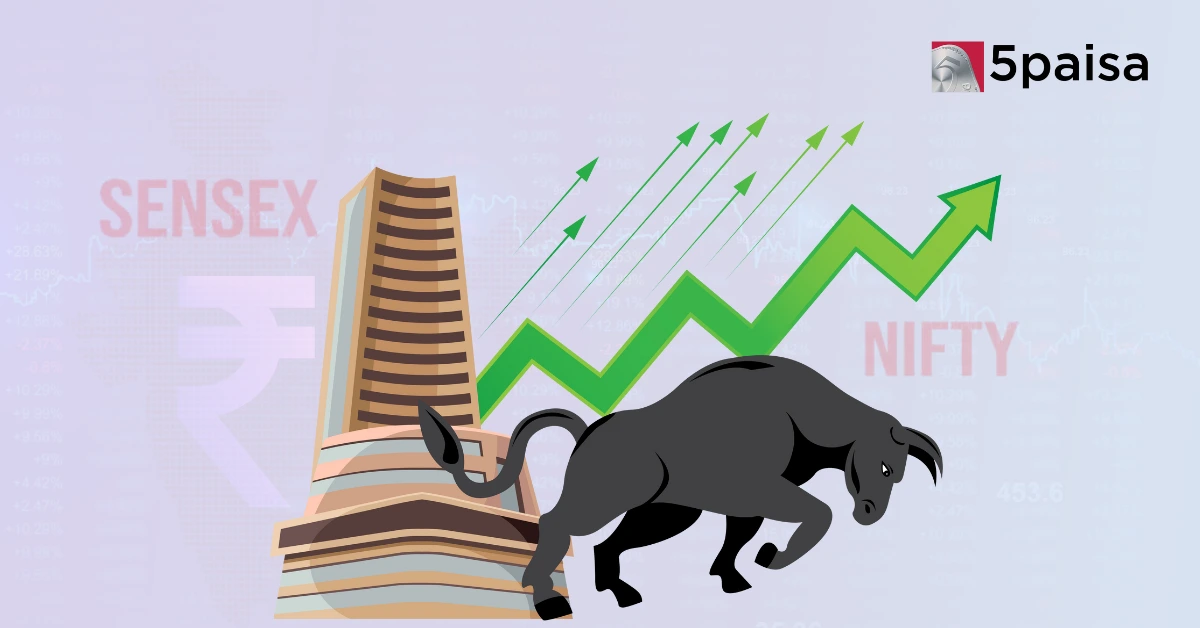Stanbik Agro IPO Shows Moderate Response, Subscribed 1.49x on Day 3
Mutual Funds Want a Broader Mid‑Cap Definition as Too Much Money Chases Too Few Stocks
Last Updated: 11th December 2025 - 12:10 pm

India’s mutual fund industry is raising a red flag, and it’s all about mid‑caps. Top fund houses have asked SEBI (the markets regulator) to widen the mid‑cap stock category. Why? Because the current definition is too narrow, forcing too many funds to chase too few companies, and that’s pushing up valuations, maybe too much.
At today’s Moneycontrol Mutual Fund Summit, Kalpen Parekh, CEO of DSP Mutual Fund, didn’t mince words. He said parts of the mid‑cap market are getting “frothy,” thanks to money flowing in faster than the segment can handle. “There are only 150 stocks classified as mid‑caps, and too much money is flooding into them,” he explained. “It’s creating short‑term bubbles in some areas.”
How Did We Get Here?
Back in 2017, SEBI introduced a system to classify stocks by size:
- Large-caps: Top 100 companies by market cap
- Mid-caps: Ranks 101–250
- Small-caps: Everything after that
AMFI (the industry body) updates this list twice a year. But that 150-stock limit on mid‑caps? That’s the part fund managers want to revisit.
What’s the Problem?
HDFC Mutual Fund’s CEO Navneet Munot summed it up: “I think the 150 needs reconsideration. It needs to expand.” Fund managers say they’re stuck in a narrow mid‑cap lane. With more funds flowing into the same stocks, prices go up, overlap increases, and valuation risks pile on.
Even SEBI knows this is an issue, though an official (speaking off the record) said the industry hasn’t agreed on what to do yet. Flexi-cap schemes offer more leeway, 65% of assets in equities, but they’re not a perfect fix.
Why This Matters
Here’s the risk: if everyone’s buying the same small batch of stocks, prices can swing wildly. In 2024, mid- and small-cap indices jumped 30%, crushing the ~10% gains of large-caps like the Nifty and Sensex. That boom was powered by consistent SIP flows, but some schemes responded by holding more cash, signaling caution.
One seasoned fund manager warned that even after recent dips, small- and mid-caps still look pricey, and more inflows could spell trouble.
Mid-Caps: High Potential, But Not Without Risks
Globally, mid-caps tend to perform well over time. Invesco’s research shows that since 1991, mid-caps delivered 11% annual returns, beating large-caps (10.4%) and small-caps (9.05%). And with potential Fed rate cuts in 2025, their edge could hold up a while longer.
American Century calls mid-caps the “sweet spot”, offering solid growth potential with less volatility than small-caps. Still, they’re sensitive to market shifts and policy changes, especially when investor money floods in all at once.
What Should Investors Do?
Right now, it’s all about balance. Financial advisor Rajesh Minocha says investors should keep the SIP discipline but maybe lean more toward large- or flexi-cap funds, at least until things cool off in the mid-cap space.
Changing the mid-cap definition could help spread the money around and reduce bubble risks. But the mutual fund world needs to agree on what that change should look like, and that’s no easy task.
SEBI’s Balancing Act
SEBI is stuck between two goals: keeping fund categories consistent and allowing room for markets to evolve. If they expand the mid-cap band, it might solve today’s problem, but could raise new questions about fund definitions and investor comparisons.
A SEBI official said the process would involve detailed discussions with AMFI and stock exchanges before any shift happens.
What’s Likely to Happen?
We’re looking at three possible directions:
- Keep things as they are – SEBI could say flexi-caps are flexible enough.
- Slight expansion – Maybe raise mid-caps to include ranks 101–275.
- Dynamic classification – Adjust bands regularly based on market conditions.
Each option has pros and cons. Expanding helps mid-cap managers today. Keeping it tight ensures consistency. A dynamic system could be future-ready, but harder to compare across funds.
For now, mid-cap fund managers should give investors more clarity on how concentrated their portfolios are. And investors should keep an eye on overlap with other cap categories, and how liquid those holdings really are.
Bottom Line
Fund managers say expanding the mid-cap universe isn’t just a tweak, it’s a must to prevent more froth and spread the risk. But it’s up to SEBI to weigh market stability, investor clarity, and flexibility in this fast-moving space.
The next AMFI classification update (due June–July) could be a turning point. Let’s see if 2017’s rigid band finally gets a refresh.
- Flat ₹20 Brokerage
- Next-gen Trading
- Advanced Charting
- Actionable Ideas
Trending on 5paisa
Indian Market Related Articles
Disclaimer: Investment in securities market are subject to market risks, read all the related documents carefully before investing. For detailed disclaimer please Click here.

 5paisa Capital Ltd
5paisa Capital Ltd



